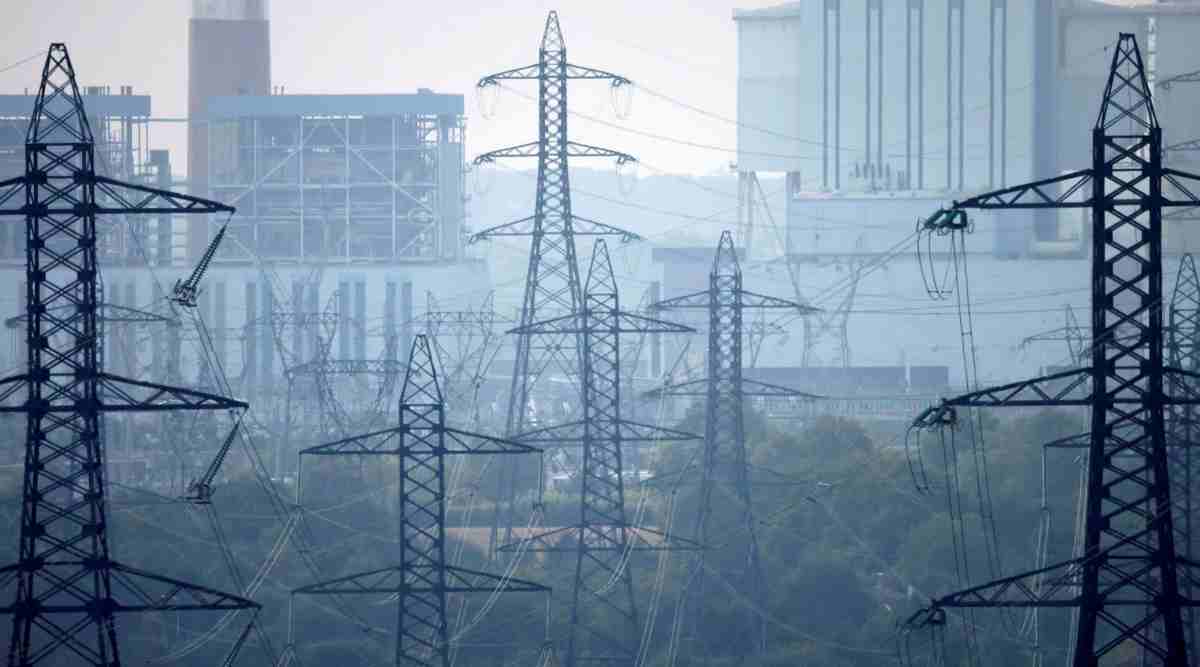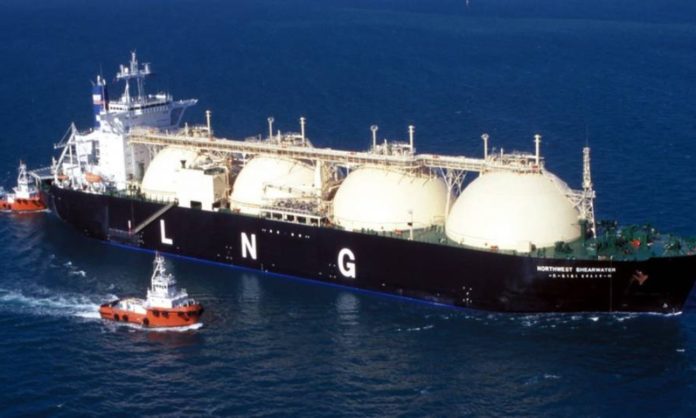One abbreviation that’s become part of the everyday language of the newspaper-reading population is LNG.
Even if you’re not a careful reader of economy-related news, you’d probably know a few basic facts like the country is running out of its domestic gas supplies and that it’s increasingly reliant on imported fuel, which is usually referred to as LNG or liquefied natural gas.
The country has ramped up its LNG imports in recent years. Yet we find ourselves once again in the middle of a renewed energy crisis these days. Why? Let’s look at the issue of LNG in the wider context of the energy crisis.
Gas-fired power plants cater to more than one-third of the country’s total electricity consumption. Given that the proven gas reserves within Pakistan are expected to deplete entirely in less than 13 years, the policymakers have green-lighted the establishment of LNG import terminals in the private sector. Two such terminals have already been operational while four others are in different phases of development.
The Institute for Energy Economics and Financial Analysis (IEEFA) estimates that, based on the difference between Asian LNG spot prices and the publicly available pricing formulas for term contracts, total profits realised by defaulting suppliers could’ve reached nearly $400 million from August 2021 to February 2022.
Had things gone according to plan, Pakistan would’ve had easy access to imported fuel and there would’ve been enough power to light homes and run factories across the country.
Sadly, that hasn’t been the case.
Global gas prices have risen sharply in recent months. Pakistan should’ve stayed relatively protected by the phenomenon since more than half of the country’s LNG supplies are based on long-term contracts. But rising prices in the international commodities markets led LNG suppliers to deliberately default on their deliveries. There were at least seven such wilful defaults in the 14 months through February 2022.

That resulted in Pakistan resorting to spot purchases. The Institute for Energy Economics and Financial Analysis (IEEFA) estimates that, based on the difference between Asian LNG spot prices and the publicly available pricing formulas for term contracts, total profits realized by defaulting suppliers could’ve reached nearly $400 million from August 2021 to February 2022.
“Note that this figure is not intended to confirm or deny (the) speculation regarding the reasons behind said defaults, but rather to provide an estimate of the financial incentive associated with reselling term cargoes in spot markets,” it said.
A market with rising LNG prices tempts sellers to default on their long-term deliveries and direct their supplies to the spot market, which offers substantially higher rates. The IEEFA says the incentive to cancel cargoes altogether is arguably higher in LNG markets than other commodity markets. That’s because an LNG seller’s liability for a cancelled cargo is typically capped at a certain percentage of the non-delivered cargo price.
In Pakistan, sellers are typically required to pay 30 per cent of the cancelled cargo price, it says. “This creates an opportunity to game the contract — legally or illegally — if the resale price is high enough to cover the penalty,” it said, noting that long-term contracts should include a “wilful default” provision that removes the penalty cap in case a buyer demonstrates that an LNG cargo has been diverted and resold for profit.
In a nutshell, the introduction of LNG import infrastructure and the subsequent increase in the country’s reliance on imported fuel has created more problems than it has solved. Amidst excessively high gas prices in the international market, Pakistan seems to have fallen back on the heavy use of dirtier fuels like coal.
In recent months, the price of imported gas has been five to 10 times higher than natural gas produced from the Pakistani fields. However, many segments of consumers continue to pay the local price for the imported fuel, creating a huge inter-corporate debt within the gas sector.
The circular debt of the gas sector stood at $3.2 billion or Rs532bn at the end of July 2021, according to a Dawn news story. Another contributing factor to the ballooning of the unrecoverable bills in the gas sector is the unaccounted-for gas or UFG. This is the quantity of fuel that goes missing mid-system before reaching its end consumer. Going by the share of LNG in Pakistan’s total gas consumption, and the average domestic wellhead and LNG import prices in 2019-20, IEEFA estimates the total annual value of UFG is $543.9m.
In a nutshell, the introduction of LNG import infrastructure and the subsequent increase in the country’s reliance on imported fuel has created more problems than it has solved. Amidst excessively high gas prices in the international market, Pakistan seems to have fallen back on the heavy use of dirtier fuels like coal.
“Expanding LNG capacity in Pakistan will not resolve the country’s energy security problems. Instead, increased dependence on LNG is likely to intensify the financial unsustainability of the energy sector,” according to Haneea Isaad and Samuel Reynolds, energy finance analysts at the IEEFA.
IEEFA analysts recommend that the country should optimise LNG procurement strategies to manage volatility and non-delivery risks. It should reform tender processes for LNG. It should reform gas distribution companies’ revenue regulations through performance-based mechanisms and focus on energy demand, not supply, by rapidly scaling up efficiency programmes and rationalising tariffs.
They also urged the policymakers to maximise the utilisation of existing LNG terminals before constructing new ones and reduce gas demand in the power sector by accelerating new utility-scale and behind-the-meter renewable energy and battery storage generation projects.
“With European demand for non-Russian LNG rising in the wake of the Russian invasion of Ukraine, price-sensitive countries like Pakistan may continue to be priced out of LNG markets, unable to compete with European and North Asian buyers,” they said.
Stay tuned to Brandsynario for the latest news and updates.








































